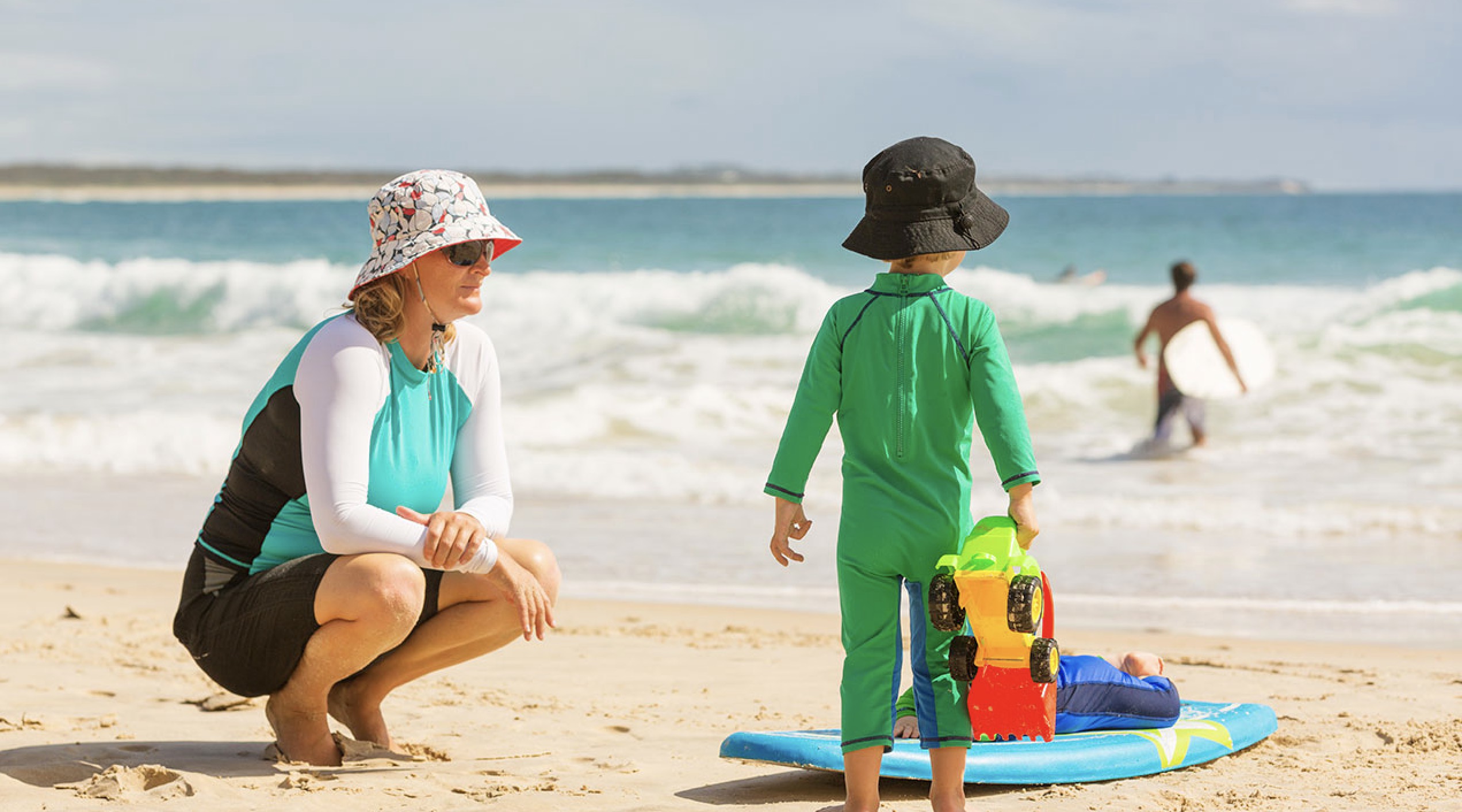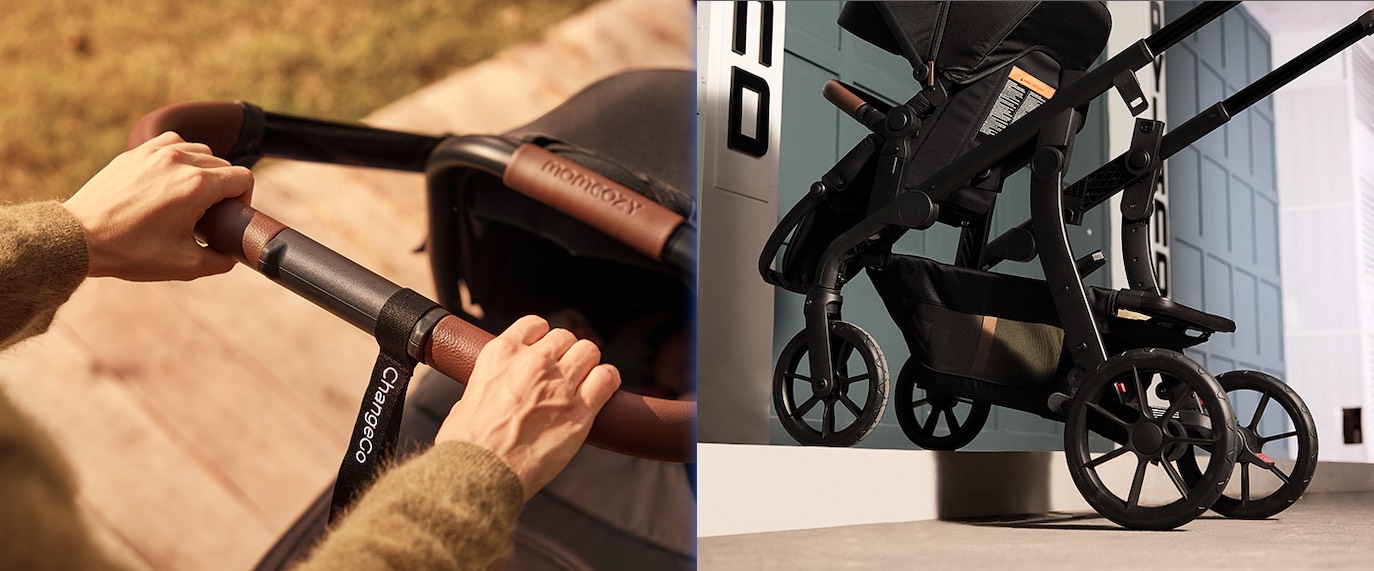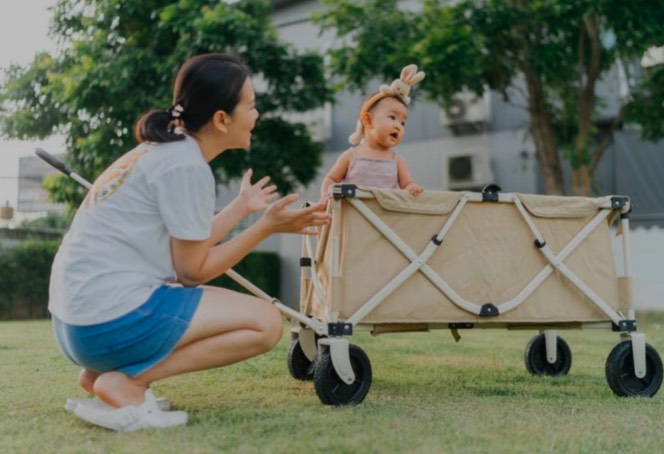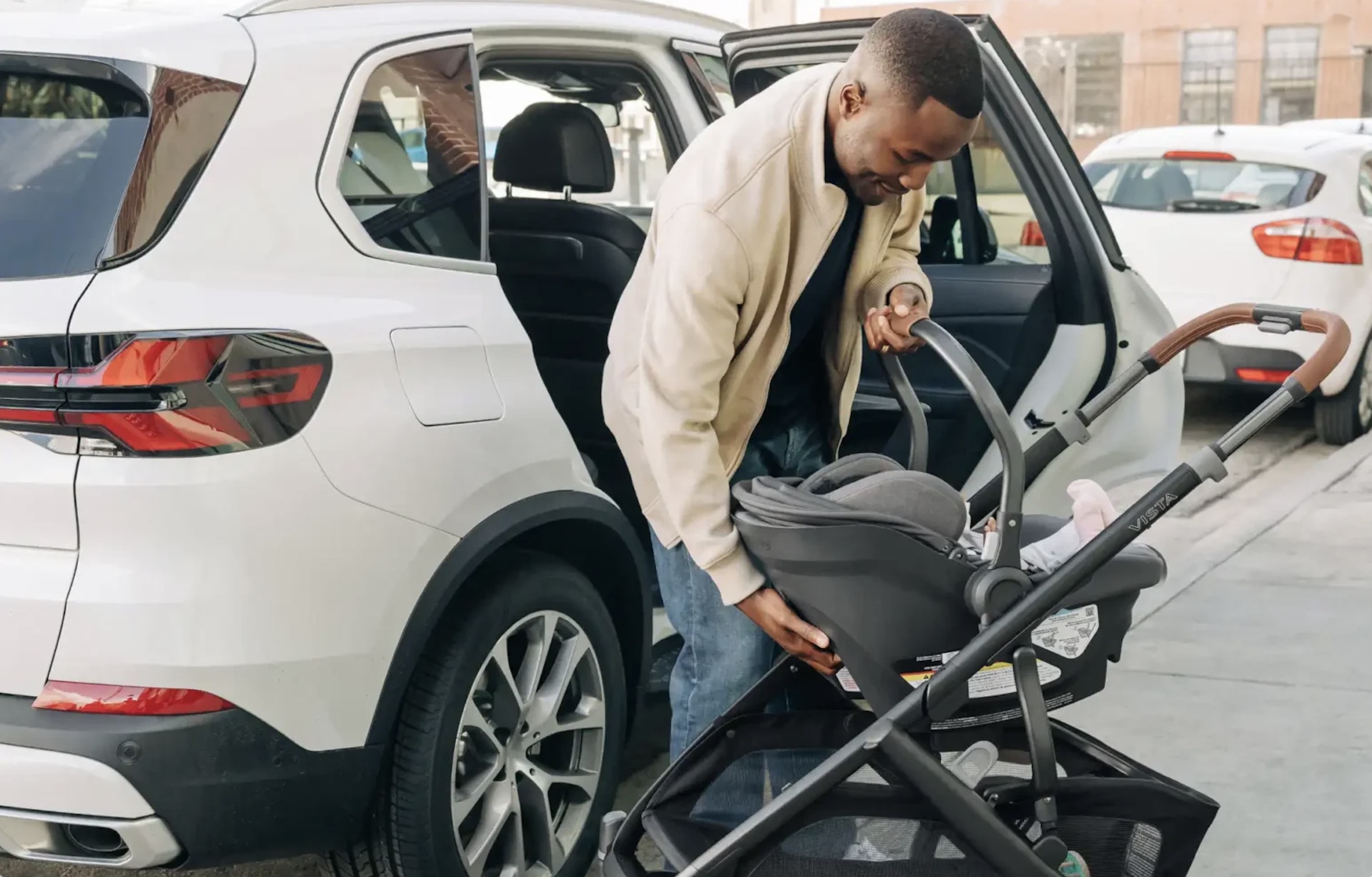Source of Featured Image: Raisingchildren. net. au
On a hot day, as the sun beats down, many parents will instinctively cover their baby’s stroller with a blanket or cloth to shield them from the rays. It may seem like a good idea in the moment, but this seemingly simple act can put your child’s health, and safety, seriously at risk — and the biggest threat is heatstroke. However, using a blanket to block the sun can backfire, it can create a potentially hazardous environment, raising heat levels in the stroller dangerously fast.
The Science Behind the Risk
You are essentially trapping the heat inside if you cover your stroller with a blanket. This can result in extremely high temperatures inside the stroller, especially on warmer days. But medical experts say that airflow is a key factor in cooling our bodies down. Airflow, he continues, is limited, and the temperature inside a stroller can rise to dangerous heights within minutes, making heatstroke and suffocation real threats.
Heatstroke happens when the body overheats and the body can’t regulate itself enough, leading to nausea, dizziness and confusion, among other symptoms. The risk in infants is even higher, since their bodies are less able to cool themselves. The combination of heated and trapped air with no place to go can be a recipe for disaster, particularly when babies are left sitting up in strollers for an extended period of time covered blankets.
The (Dis)advantages of Using Blankets
Dr. Rashmi Jain, MD, says that covering a stroller with a blanket creates a “greenhouse effect” that stops air from circulating. This quickly raises the stroller’s internal temperature, even if the air outside feels comfortable. She does not recommend using the method for sun protection, and instead suggests using strollers designed with proper ventilation.
Although completely keeping the sun off your child, the confinement of them under a covered blanket is not an answer to the sun. Even more extreme, but also quite possible and potentially life-threatening, is heatstroke or suffocation due to restricted airflow in hot conditions.
Safer Alternatives for Sun Protection(Note: This article was published in October 2023.
But there are better, safer ways to keep your baby protected from the sun while in a stroller. Consider strollers that come with built-in sunshades, UV-blocking canopies, and mesh ventilation windows. These patterns are designed to protect against harmful UV rays while allowing airflow and comfort. Many modern strollers come with canopies that can extend for full coverage when the sun is at its peak.
Also, be aware of how much time you are outside. So take your child for strolls in his or her carriage during the cooler hours of the day, that is, not during the hottest part of the day, which is around noon to 3 p.m., when the sun is at its strongest. Instead, go in the early morning or late afternoon when temperatures are cooler.
During the hot weather, hydration is also very important. To assist maintain their body temperature, ensure your little one is kept hydrated and also offer water breaks when you head out.
Conclusion
But covering your baby with a blanket to protect them from the sun sounds like a simple solution, but the dangers of doing so far outweighs the risks. Trapping heat in a stroller can be fatal from heatstroke, suffocation and overheating. With the right strollers that feature built-in sun protection, proper ventilation and a little common sense when it comes to time and place outdoors, it is possible to protect your child from the damaging effects of the sun while maintaining safety and comfort. You should always prioritize safety over convenience, and make sure that your stroller provides you and your baby with the protection you need.
Citations:
Parents.com




